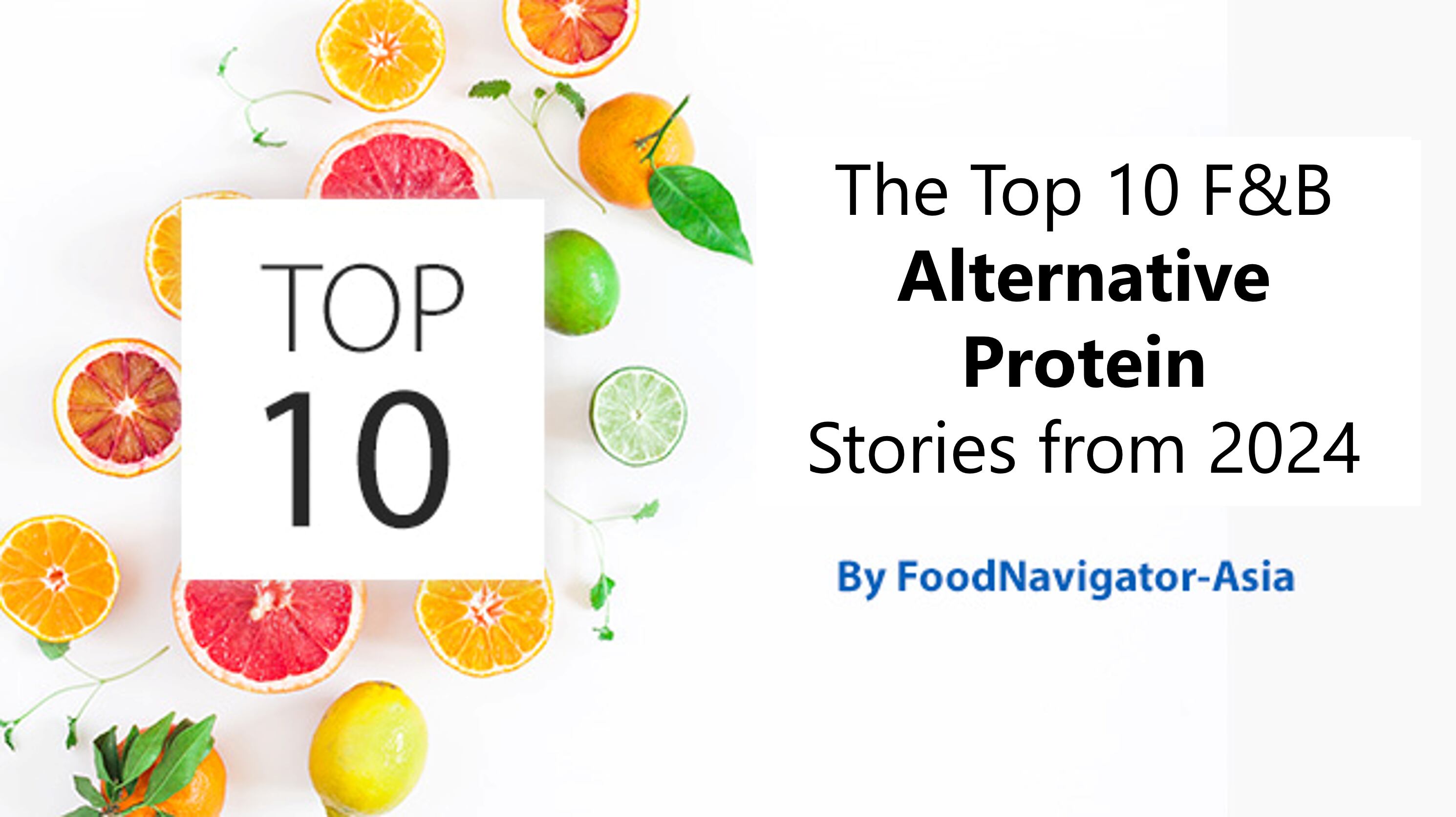This is especially relevant to regions like Singapore, where the focus on alternative proteins play a key role towards strengthening food security and nutrition in Asia by 2030.
However, consumer acceptance of novel foods like alternative proteins – such as plant-based and cultivated meats – remains lower than desired.
To uncover the drivers behind food acceptance, a new collaboration aims to decode Asian food preferences and work towards transforming food and nutrition for Asian populations.
A*STAR SIFBI (Singapore Institute of Food and Biotechnology Innovation) and Philadelphia’s Monell Chemical Senses Center signed a memorandum of understanding (MOU) on 3 December 2024, marking a groundbreaking effort to bridge cultural and genetic differences in food preferences across Asian and Western populations.
Platforms connecting sensory science to health exist in Europe, but this collaboration is the first to bridge East and West, said A*STAR SIFBI executive director Dr Tan Sze. While scientific approaches share similarities, the link between sensory experiences and health, including the mind-gut connection, remains an emerging and underexplored field.
Chemical senses – taste, smell, and irritation – mediate the interaction between external environments and internal states, influencing food choices, hunger, and preferences. Through this partnership with A*STAR SIFBI, the goal is to understand food’s broader role in health and its potential as a driver for the “food as medicine” concept, said Monell executive director and president Dr Benjamin Smith.
This involves leveraging Monell’s expertise in sensory science and A*STAR SIFBI’s three clusters of competencies: Food science and technology, which includes sensory science; nutrition for the Asian phenotype; and biotechnology.
Bridging differences and creating tangible solutions
Researchers aim to uncover the connections between food preferences, sensory physiology, and overall well-being, focusing on how food influences gut-brain signalling and health.
“We want to explore the connections between sensory perceptions, eating experiences, and their links to cognition, wellness, mood, and appetite regulation. These are nascent areas that are still not well understood globally.
“That’s why collaboration is critical to build competencies, as it involves genetics, physiology, and dietary habits,” said Dr Tan, who added that sensory science plays a crucial role in understanding food interactions.
The mouth is where it all begins – saliva, chewing, taste, smell, texture, and flavour. Even the nose plays a part when we smell food, hence a strong focus on sensory science, Dr Tan explained.
Dr Smith echoed Dr Tan’s views, pointing to the opportunity to leverage expertise from both organisations to address cultural differences in food preferences.
“While our biological systems are similar, they adapt to environmental influences, and our responses are shaped by cultural differences. This means a one-size-fits-all approach doesn’t work. By conducting the same studies in different regions, such as the West and Asia, we can compare results and accelerate learning. Through working together and sharing information, we can then better understand these variations and develop foods that are culturally acceptable,” said Dr Smith.
When asked about the gaps that their collaboration aims to address, Dr Smith said that while the ideas around improving health and taste are clear, the real challenge lies in execution: “It’s easy to discuss the importance of nutrition or the need for better health policies. But the question is, what do we actually do about it?”
For instance, making novel proteins or cultivated meat taste and feel appealing requires a deep understanding of food composition and texture.
“How do you make cellular meat feel like a steak? That’s food science,” explained Dr Smith. “And how do you get kids or grandparents to accept these new foods? That’s where the psychology of food choices comes into play. Sensory science plays a critical role in ensuring plant-based or cultivated foods taste appealing, even when they lack the natural fats found in traditional meat dishes.”
Dr Tan added that public health education is another area requiring attention. Awareness about healthy and conscious eating takes time because it’s tied to behaviour and education. By leveraging science and evidence-based research, the collaboration hopes to increase public awareness of how food impacts health and promote better eating practices over time.
People build sensory memories – the texture of a steak, the flavour of spices and sauces – all come together to shape food choices. However, cultural differences play a role. For instance, too much sweetness might deter some people, while others see it as a reward, said Dr Smith.
The numbing or irritating effect of some spices can also be perceived differently and our tolerance for this effect varies greatly across people.
“The irritation caused by many spices is often thought of as a warning signal, but is this the only function, and if so, why do we see such variation in acceptance, in like versus dislike?
“We know that the taste receptors for spice, such as transient receptor potential (TRP) channels, are found not only on the tongue but also in other organs and tissues like the liver and immune cells. The activation of these receptors have other roles such as modulating immune responses, so is the sensory response solely for warning? Probably not.
“By studying the different roles taste receptors play in our bodies and understanding how external chemical stimuli signal processes, altering our internal state, we can better understand how food impacts internal health and well-being,” Dr Smith said.
The importance of standardisation
The key element is standardisation – while the science of nutrition may be universal, its adoption varies greatly across regions.
“The science is the same – such as how the senses send signals to the brain – but the adoption can vary significantly across different cultures. For instance, strawberry milkshake contains calcium and protein, but my mother would throw it out. She would prefer soy milk or curd – something that’s familiar to her because it’s what she grew up with,” said Dr Tan.
Food is deeply tied to culture. This is where the intersection of East and West becomes important. Scientifically, we know people need nutrients, but for consumers to accept new foods, they must align with cultural expectations.
“That’s why standardisation is key. Standardisation generates data. Once that data is available, it can be used to correlate formulation development with preferences across different populations. Such data can be incredibly powerful, making product development more efficient and targeted,” said Dr Tan, who added that food vocabulary reflects cultural preferences.
In Asia, for instance, terms like “mala” describe the numbing spiciness beloved in the region but are unfamiliar to Western consumers. Similarly, fermented foods like kimchi and soy sauce are integral to Asian diets, with specific descriptors for their flavours and textures that are absent in Western contexts.
Dr Smith agreed, pointing out that associations with flavours differ by region: “While Asians might find sour or spicy foods comforting, these tastes could be unpleasant or irritating in the West.”
As culture and epigenetics are key drivers of these differences, collaborative efforts are needed to bridge the gap in understanding, said Dr Tan.
Exploring similarities and differences across regions
Such studies would also be beneficial from an industry standpoint as companies aim to create products that both work globally and are tailored to local preferences.
For example, research shows that Asians have a higher sensitivity to bitterness compared to Caucasians. On the other hand, Caucasians tend to prefer sweetness more than Asians. Nuances in taste, texture, and smell are therefore critical for consumer acceptance in different regions. These insights are crucial for tailoring product formulations to meet regional taste preferences.
As the world becomes more interconnected, understanding variations in food preferences and eating behaviours – shaped by both genetics and cultural factors – will hold increasing importance. This knowledge could have significant implications for addressing global food challenges and catering to diverse populations, said Dr Tan.





